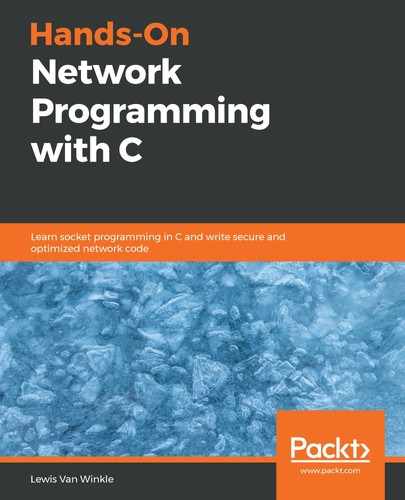The TCP/IP protocol suite is the most common network communication model in use today. The TCP/IP reference model differs a bit from the OSI model, as it has only four layers instead of seven.
The following diagram illustrates how the four layers of the TCP/IP model line up to the seven layers of the OSI model:

Notably, the TCP/IP model doesn't match up exactly with the layers in the OSI model. That's OK. In both models, the same functions are performed; they are just divided differently.
The TCP/IP reference model was developed after the TCP/IP protocol was already in common use. It differs from the OSI model by subscribing a less rigid, although still hierarchical, model. For this reason, the OSI model is sometimes better for understanding and reasoning about networking concerns, but the TCP/IP model reflects a more realistic view of how networking is commonly implemented today.
The four layers of the TCP/IP model are as follows:
- Network Access layer (1): On this layer, physical connections and data framing happen. Sending an Ethernet or Wi-Fi packet are examples of layer 1 concerns.
- Internet layer (2): This layer deals with the concerns of addressing packets and routing them over multiple interconnection networks. It's at this layer that an IP address is defined.
- Host-to-Host layer (3): The host-to-host layer provides two protocols, TCP and UDP, which we will discuss in the next few chapters. These protocols address concerns such as data order, data segmentation, network congestion, and error correction.
- Process/Application layer (4): The process/application layer is where protocols such as HTTP, SMTP, and FTP are implemented. Most of the programs that feature in this book could be considered to take place on this layer while consuming functionality provided by our operating system's implementation of the lower layers.
Regardless of your chosen abstraction model, real-world protocols do work at many levels. Lower levels are responsible for handling data for the higher levels. These lower-level data structures must, therefore, encapsulate data from the higher levels. Let's look at encapsulating data now.
